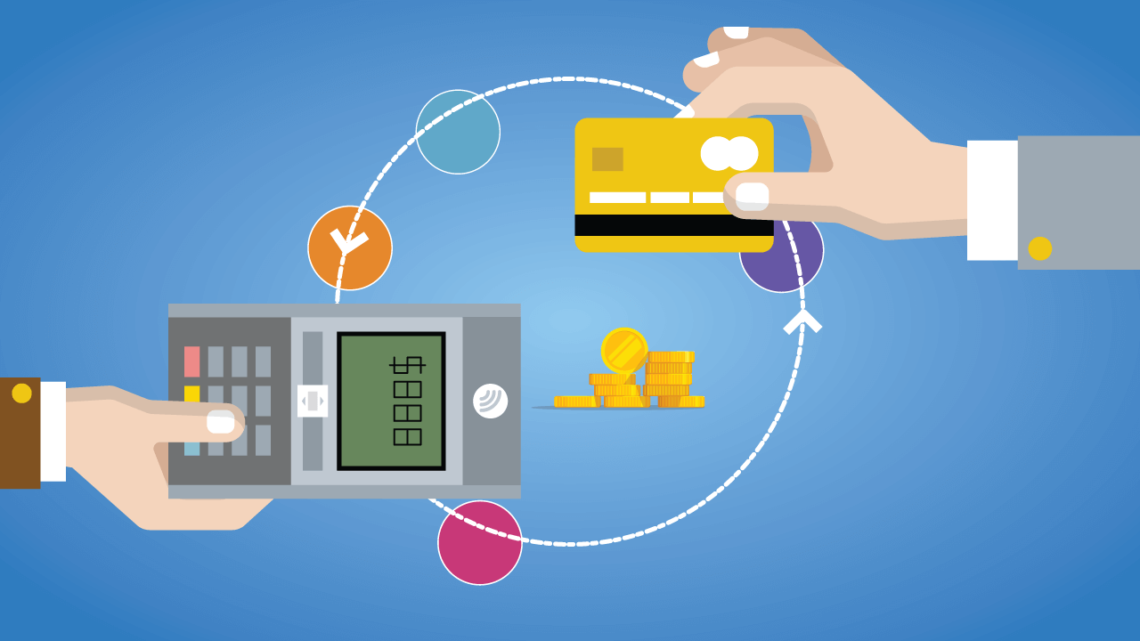
What Are Transaction Processing Systems?
A transaction processing system (TPS) is a computerized database that processes and records data for a business. It provides a secure and efficient way for businesses to track transactions and maintain compliance with industry regulations. It can also help customers to access their accounts and make payments.
There are different types of TPSs, each with its own set of features and benefits. The type of TPS used depends on the company’s needs and preferences.
Batch versus Real Time Processionism
A TPS interprets sets, or batches, of data by grouping items based on similarities. This can cause a delay in processing since it requires more computing power to review several groups of data at once.
This method is often referred to as batch processing, and it’s commonly employed by businesses that process large volumes of information. It can also be a good option for organizations that want to keep their costs down by minimizing their need for upgrades and software maintenance.
The outputs of a TPS are documents that the system produces after it processes all input data, such as receipts for record-keeping or payment confirmations. These documents provide crucial reference details for tax and other official purposes, as well as a company’s internal management.
Outputs are generally stored in a database to ensure that they are easy to find, accessible and organized for late use. They may be viewed and edited by authorized employees.
Backing Up and Recovery
A transaction processing system’s backup and recovery process is critical for ensuring that data is not lost in the event of a failure. This procedure involves taking a complete backup of all data on a regular basis, usually daily, weekly or monthly. The most recent backup is called the “son” backup, the previous is the “father,” and the oldest is the “grandfather” Backups are usually created on magnetic tape or another form of removable media.
Having multiple generations of backups means that a TPS can be restored after the main one fails. This can prevent a disruption in business and minimize any damage to the organization’s reputation.
In addition to backing up and recovering, TPSs should be able to communicate with other systems in the company to prevent the possibility of a data breach. For example, if a customer’s credit card is used to purchase an item on an e-commerce website, the TPS can communicate with the company’s bank and approve or decline the purchase based on the customer’s account balance.
The TPS also must be able to communicate with other components in the company, such as the point of sale system, which is responsible for reading customer credit cards and printing receipts. This communication ensures that all parties are aware of each other’s requirements and can work together to resolve problems or issues.
Having all these features makes a TPS more secure and efficient. They also help companies to identify any fraudulent activity and ensure that they are compliant with industry regulations. They can also be used to reduce the cost of manual transaction processing, as well as help customers to access their accounts and make payments.